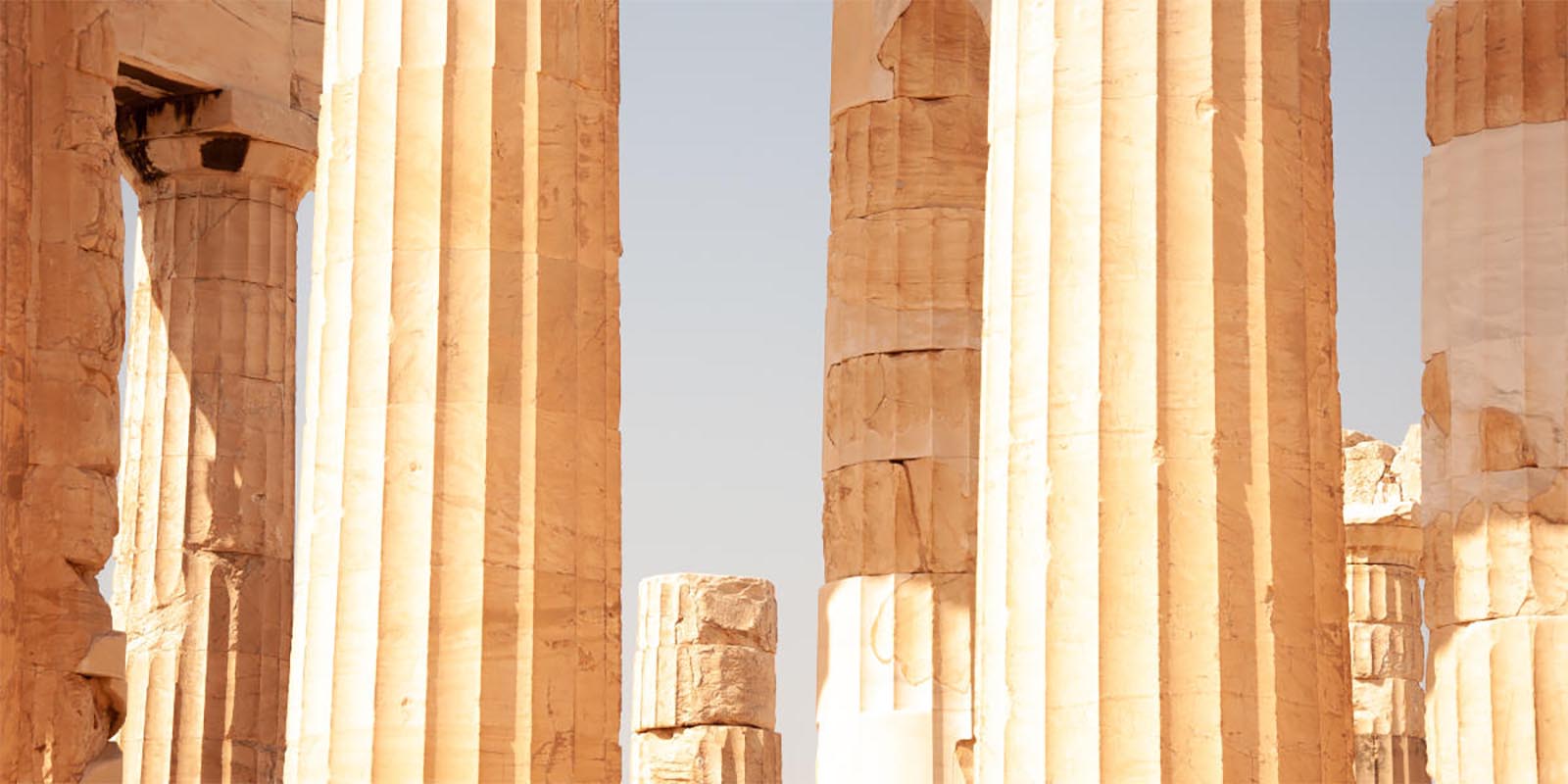

Ancient Greek architecture was deeply intertwined with religion, showcasing the profound influence of faith on Greek life. Among the architectural wonders of ancient Greece, the temples stood tall as the grandest and most captivating structures. Not only did these temples serve religious purposes, but they also held political significance, celebrating civic power, pride, and offering gratitude to the patron deity for military triumphs.
Greek architects developed three distinct architectural systems, known as orders, each characterized by unique proportions and intricate detailing. These orders were the Doric, Ionic, and Corinthian.
The Doric style, known for its sturdy appearance, was predominantly used in mainland Greece and its colonies in southern Italy and Sicily. The Doric temples featured plain capitals, reflecting a sense of simplicity and strength.
In contrast, the Ionic style exuded elegance with its slender proportions. The Ionic capitals were adorned with exquisite scroll-like designs called volutes. This style was prevalent in eastern Greece and the surrounding islands, showcasing a graceful aesthetic.
Although less frequently employed in the Greek world, the Corinthian style became prominent in Roman architecture. The Corinthian capitals were extraordinarily elaborate, embellished with acanthus leaves, and added a touch of opulence to the structures.
The Parthenon: The Parthenon, located on the Acropolis in Athens, was dedicated to Athena Parthenos, the Greek goddess of wisdom. Constructed in the 5th century BC, the Parthenon remains a testament to Greek architecture's ideals of order and harmony, despite the extensive damage it has endured over the centuries.
The Erechtheum: Built between 421 and 405 BC on the Acropolis of Athens, the Erechtheum housed sanctuaries for Athena Polias, Poseidon, and Erechtheus. Its unique plan emerged from the requirements of multiple shrines and the sloping site. The temple featured projecting porticoes on its east, north, and south sides, with the Porch of the Caryatids serving as its most striking feature.
The Temple of Apollo at Didyma: Situated in Didyma, Turkey, the Temple of Apollo showcased the dipteral design, characterized by two sets of columns encircling the interior section. Towering Ionic columns, reaching an impressive height of 19.5 meters (64 feet), hinted at the temple's former grandeur and magnificence.
The Temple of Athena Nike: Another gem on the Acropolis in Athens, the Temple of Athena Nike followed the dipteral design. With awe-inspiring Ionic columns that reached a height of 19.5 meters (64 feet), this temple evoked a sense of grandeur and beauty.
The Temple of Zeus: Representing the most ornate order of architecture, the Corinthian style flourished during the middle of the 4th century BC. Notable examples include the temple of Apollo at Bassae and the choragic monument of Lysicrates in Athens. The temple of Zeus in Athens, completed by Emperor Hadrian in the 2nd century AD, stands as a remarkable testament to Corinthian grandeur.
Ancient Greek architecture, with its temple masterpieces and distinct orders, continues to inspire awe and admiration. The temples, both grand and magnificent, reflect the Greeks' artistic and architectural prowess, while serving as everlasting reminders of their religious devotion and political achievements.
In conclusion, Ancient Greek architecture, with its awe-inspiring temples and three distinct orders, namely the Doric, Ionic, and Corinthian, remains a remarkable testament to the Greeks' rich cultural heritage. These temples, imbued with religious and political significance
Homer is an ancient Greek poet traditionally said to be the author of two of the greatest epic poems of ancient Greece: the "Iliad" and the "Odyssey." These poems are foundational works in Western literature, and Homer's influence has extended across centuries.
Discover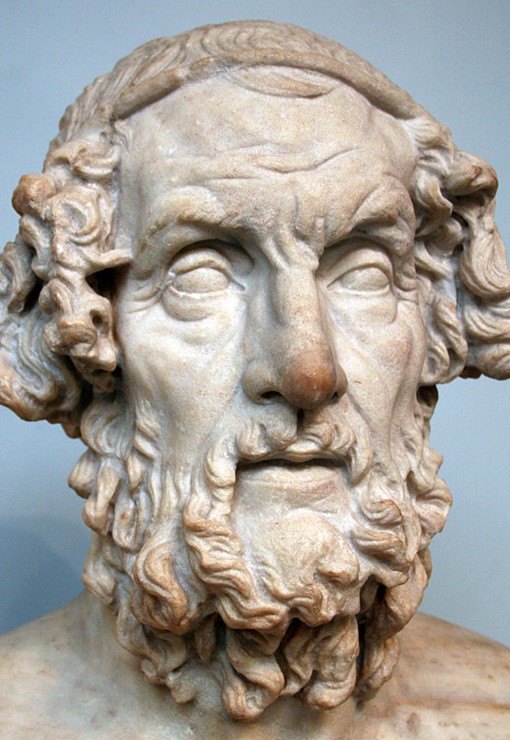
Hesiod was an ancient Greek poet and one of the earliest known Greek writers. He is often regarded as a contemporary of the epic poet Homer.
Discover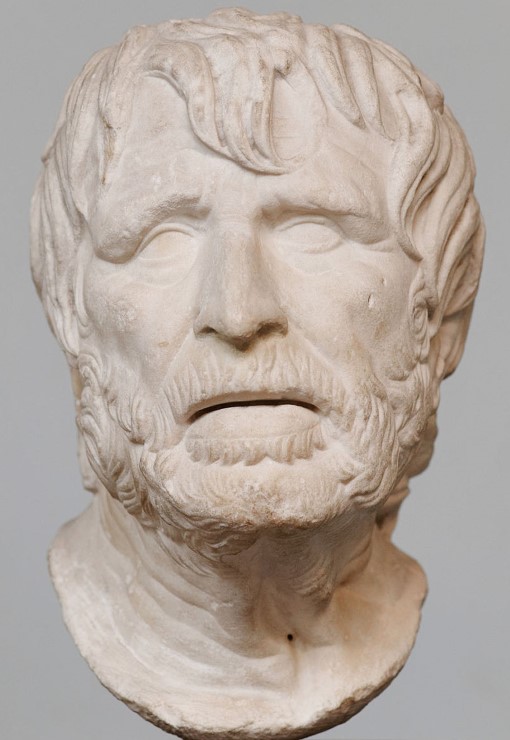
Ancient Greek Attic dramas are revered for their profound impact on the development of Western theater and their enduring influence on literature and performing arts.
Discover
Ancient Greek vase painting is a significant art form that provides valuable insights into the culture, daily life, and mythology of ancient Greece.
Discover
Explore the world of sculpture, where art comes to life through three-dimensional forms and intricate designs.
Discover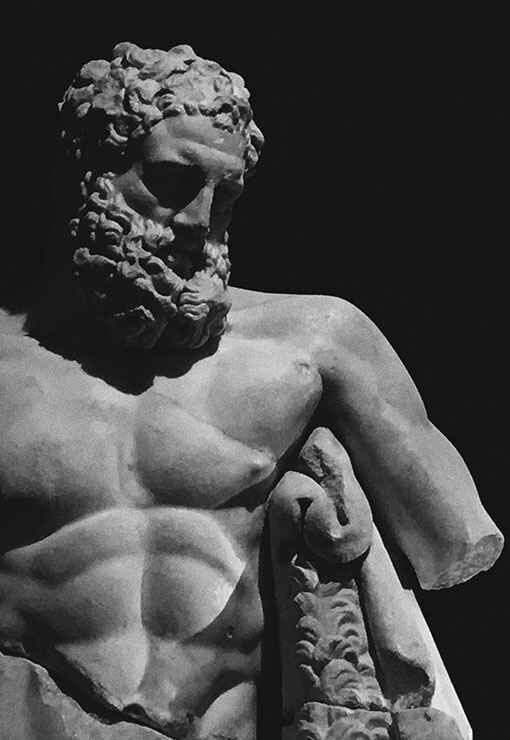
Ancient Greek architecture is renowned for its enduring influence and aesthetic perfection, shaping the architectural principles still admired and studied today.
Discover
Greek mythology, a rich tapestry of gods, heroes, and mythical creatures, captivates the imagination with its tales of love, betrayal, and epic adventures that delve into the depths of the human psyche.
Discover
Ancient Greek history, marked by remarkable achievements in democracy, philosophy, and warfare, shaped the foundation of Western civilization, leaving an indelible legacy of innovation and cultural influence that continues to resonate to this day.
Discover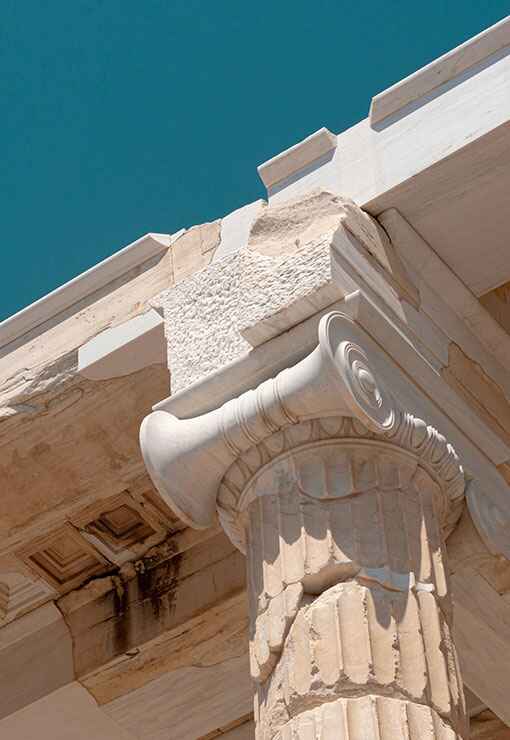
The ancient Greek Olympics, held in Olympia every four years, celebrated athleticism, unity, and cultural pride, serving as a testament to the enduring spirit of competition and excellence that transcends time and borders.
Discover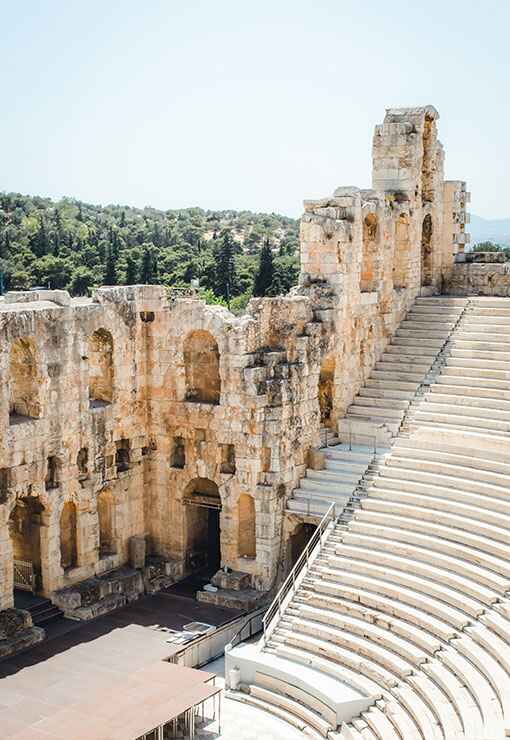
Ancient Greek wars, such as the Persian Wars and the Peloponnesian War, were pivotal conflicts that shaped the course of history, highlighting the struggle for power, independence, and the clash of civilizations in the ancient Mediterranean world.
Discover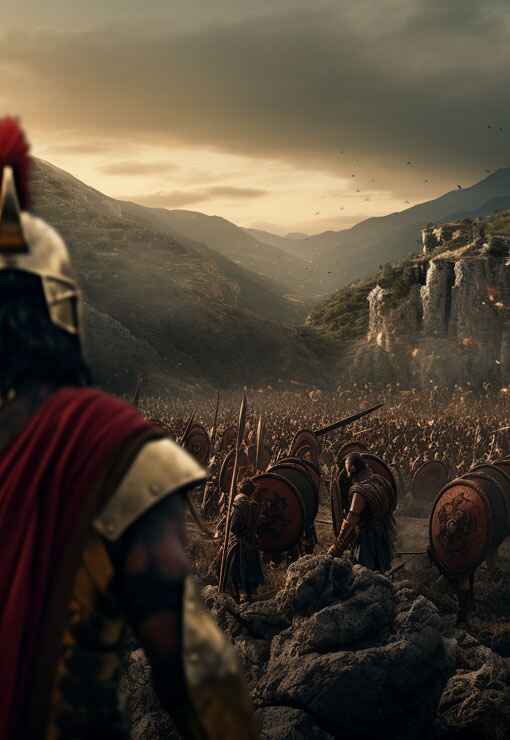
Ancient Greek culture and society, characterized by its emphasis on art, philosophy, and civic engagement, fostered a vibrant intellectual and social landscape where innovation flourished, democracy thrived, and the pursuit of knowledge and excellence was celebrated as fundamental values of civilized life.
Discover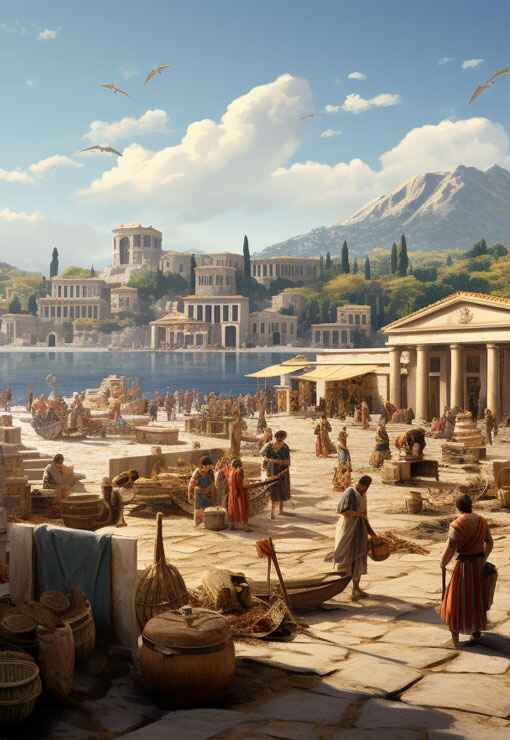
Find out more about ancientgreece.com